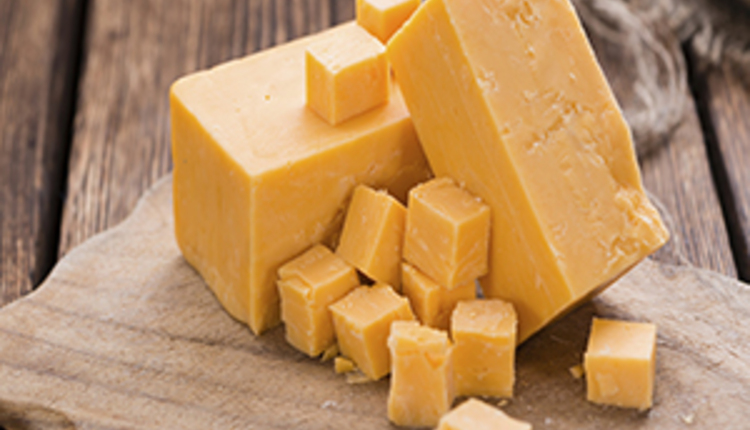To get a better handle on hoof health, researchers at the University of California-Davis partnered with a hoof trimmer who exclusively trimmed feet at three California dairies. In all, 2,247 sire-identified Holstein cows were evaluated on multiple occasions from December 2006 to April 2009. In addition to recording hoof health, birth and calving date; lactation number; and sire, dam, and maternal grandsire were all collected on each cow. The three herds covered the entire spectrum of hoof health.
After pouring through the data, the research team found a 16.5 percent prevalence of abscess-ulcers and 7 percent incidence rate of lesions. The probability of cows having both conditions at the same time went up dramatically with the ensuing lactation. The California researchers also found a major genetic component for lameness - 0.26 heritability for abscess-ulcers and a 0.24 heritability for hoof lesions. Also, they tracked digital dermatitis and estimated a heritability of 0.40. By comparison, milk, fat, and protein has a heritability of 0.30 in Holsteins. The team plans further investigations of their data set with hopes of developing a system to select more favorable genetics for foot health.
After pouring through the data, the research team found a 16.5 percent prevalence of abscess-ulcers and 7 percent incidence rate of lesions. The probability of cows having both conditions at the same time went up dramatically with the ensuing lactation. The California researchers also found a major genetic component for lameness - 0.26 heritability for abscess-ulcers and a 0.24 heritability for hoof lesions. Also, they tracked digital dermatitis and estimated a heritability of 0.40. By comparison, milk, fat, and protein has a heritability of 0.30 in Holsteins. The team plans further investigations of their data set with hopes of developing a system to select more favorable genetics for foot health.
This was a Farm Flash in the August 10, 2011 issue of Hoard's Dairyman on page 480










